If you’ve been ignoring the headlines, here’s your wake-up call: tariffs are poised to shake up grocery prices, and the aisles you stroll down casually may soon become battlegrounds for your budget. From your morning coffee to your favorite canned goods, everyday essentials are about to get pricier, and some could even become scarce. Stocking up now isn’t panic-buying; it’s smart planning. Think of it as future-proofing your pantry against rising costs. Before you’re stuck paying double or missing out entirely, here are 9 foods you’ll wish you’d grabbed before the tariffs truly take a bite.
1. Canned Tuna
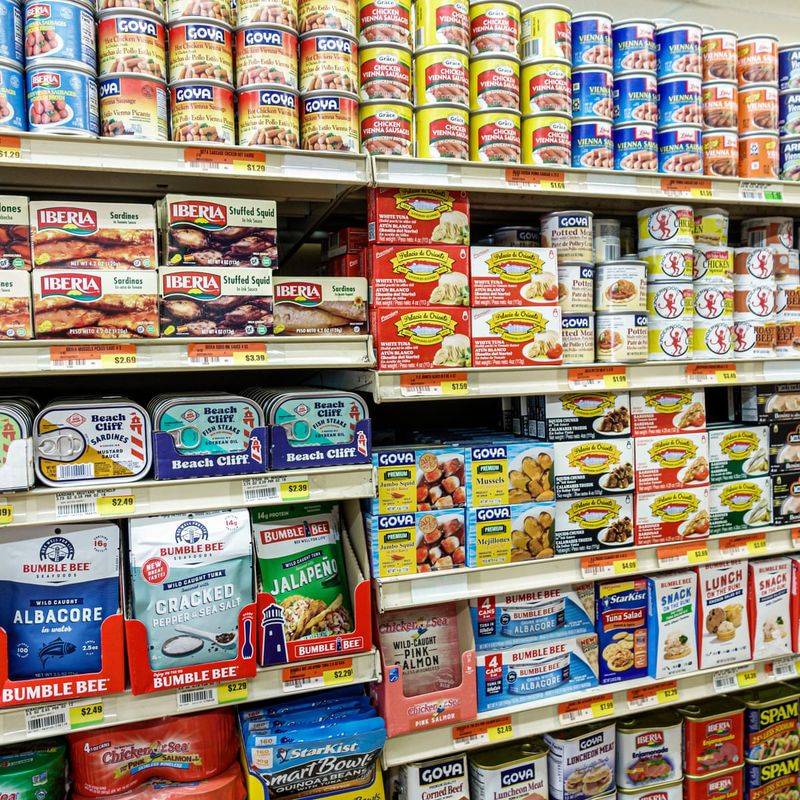
That stack of tuna cans in your pantry might soon become liquid gold. Metal tariffs are looming, threatening to jack up prices on all aluminum-packaged foods.
Tuna offers incredible versatility – toss it in pasta, mix it into salads, or create quick sandwiches when you’re short on time. The protein-packed fish can last up to five years when stored properly.
Pro tip: Look for chunk light tuna packed in water for the best nutrition-to-price ratio. Grabbing an extra dozen cans now could save you significant money when those metal tariffs eventually hit.
2. Coffee Beans
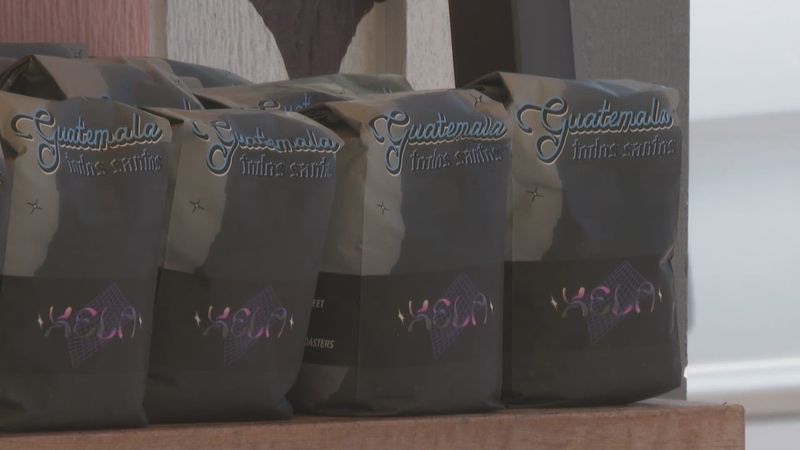
Morning routines everywhere face a bitter awakening. Coffee beans from major exporters like Brazil and Colombia stand directly in the tariff crosshairs, with price increases almost certain.
Quality beans can be frozen for up to six months without losing flavor, making them perfect for stockpiling. Consider buying whole beans rather than ground coffee for maximum freshness during storage.
Coffee lovers who drink daily could save hundreds of dollars annually by purchasing a few extra bags now. Remember to store them in airtight containers away from light, heat, and moisture for best results.
3. Extra Virgin Olive Oil
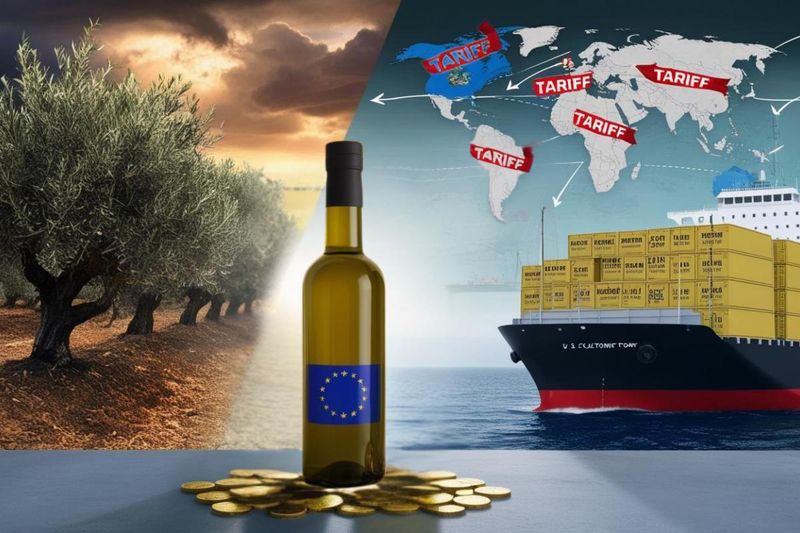
European olive oils face significant tariff threats, with bottles from Spain and Italy particularly vulnerable. A few extra bottles now could shield your cooking budget from shocking price jumps later.
Premium olive oil stored in a cool, dark place can maintain quality for up to two years. The versatile kitchen staple works for everything from sautéing vegetables to finishing pasta dishes with a drizzle of flavor.
Many cooks don’t realize that olive oil freezes beautifully for long-term storage. Pour it into ice cube trays, freeze, then transfer to freezer bags for easy portioning that extends shelf life considerably.
4. Jasmine Rice
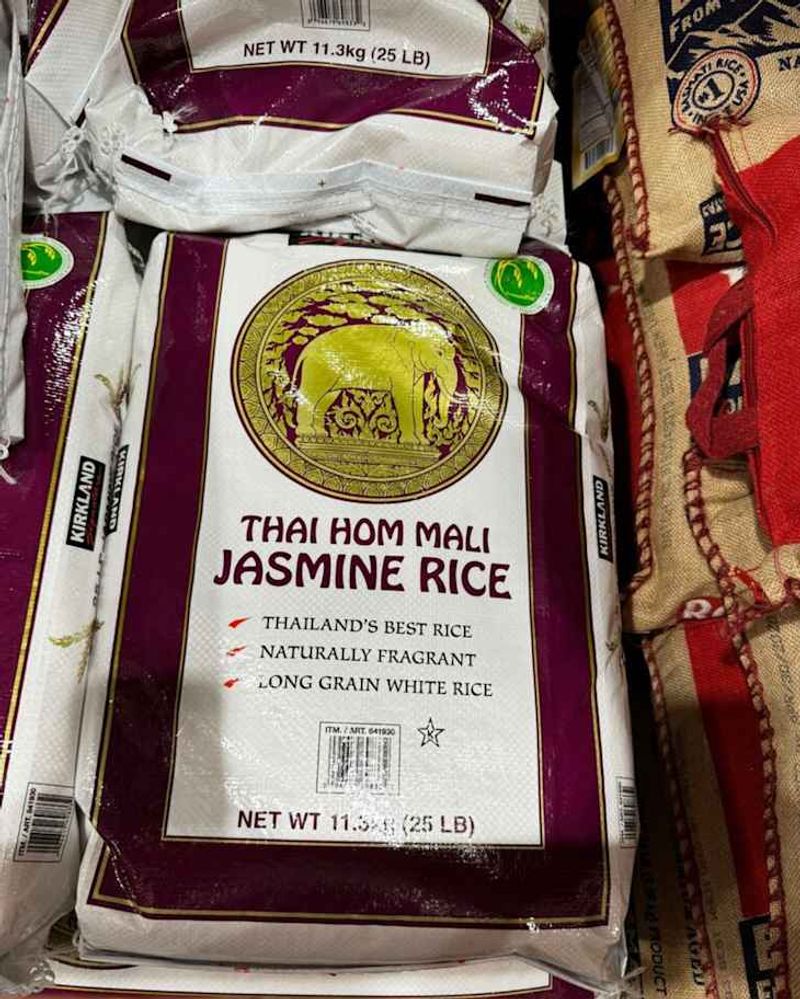
Southeast Asian imports like jasmine rice sit squarely in the tariff danger zone. This aromatic grain serves as the foundation for countless meals across cuisines, making it a smart stockpiling choice.
Properly stored in airtight containers, jasmine rice maintains quality for up to two years. The delicate floral notes and soft texture pair perfectly with stir-fries, curries, and simple vegetable dishes.
Smart shoppers are buying 10-20 pound bags now to beat the coming price surge. Store rice in a cool, dry place away from direct sunlight, and consider adding a bay leaf to prevent weevils during long-term storage.
5. Sugar
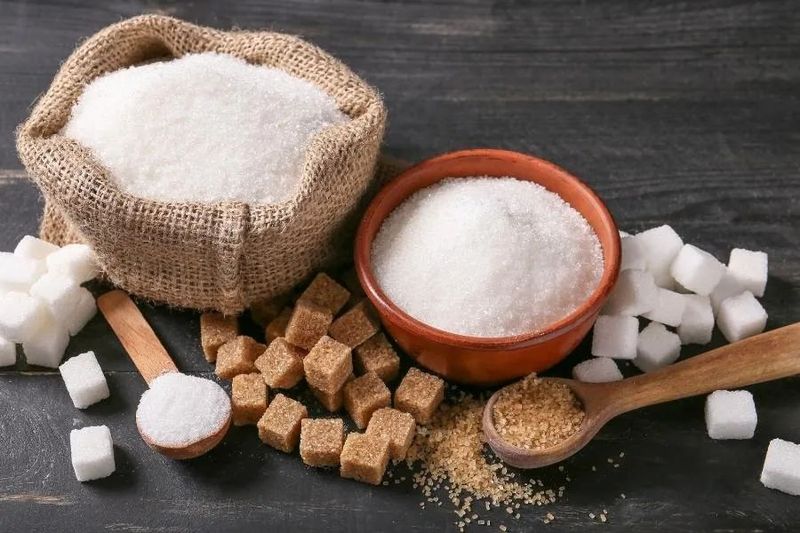
Sugar prices are about to leave a sour taste in shoppers’ mouths. This baking essential faces potential tariffs that could dramatically increase costs for both granulated and specialty varieties.
Unlike many pantry items, properly stored sugar never actually expires. Keep it in airtight containers away from moisture, and you’ll have sweet savings for years to come.
Beyond baking, sugar proves useful for preserving fruits, making simple syrups, and even first aid applications. Buying an extra 5-10 pounds now means locking in current prices before the expected spike hits grocery shelves nationwide.
6. Canned Pineapple
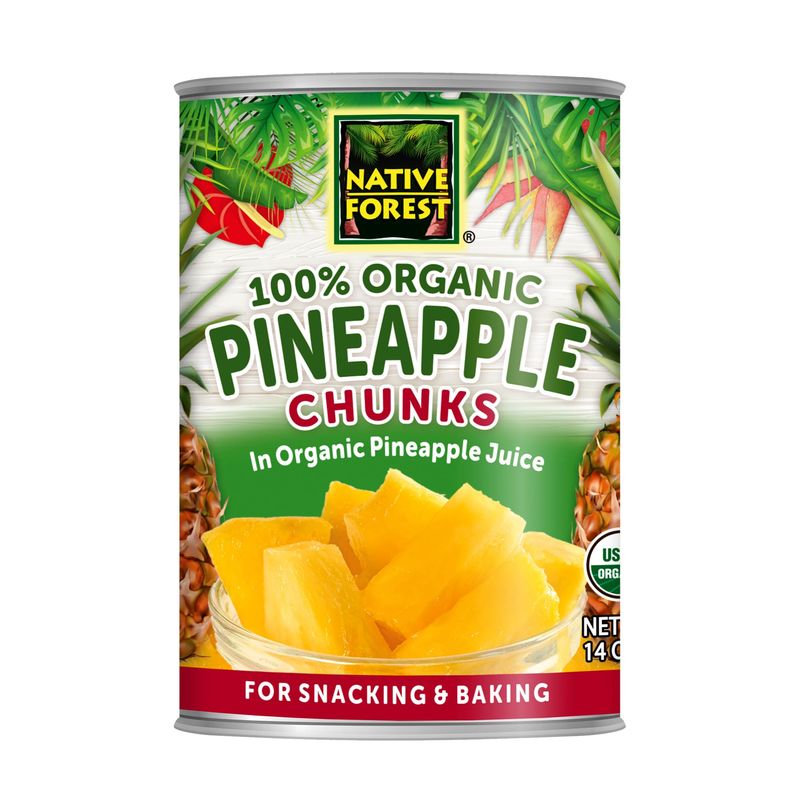
Sunny flavor might soon come with stormy prices. Canned pineapple from Costa Rica and Honduras faces double tariff threats – both on the fruit itself and the aluminum cans it comes in.
Beyond fruit salads, this versatile tropical treat shines in stir-fries, marinades, and even grilled sandwiches. The natural enzymes also make it perfect for tenderizing meats in marinades.
Canned pineapple typically maintains quality for 18-24 months, making it an excellent candidate for your tariff-beating stockpile. Grab chunks, slices, and crushed varieties to ensure you have options for different recipes long after prices climb.
7. Canned Vegetables
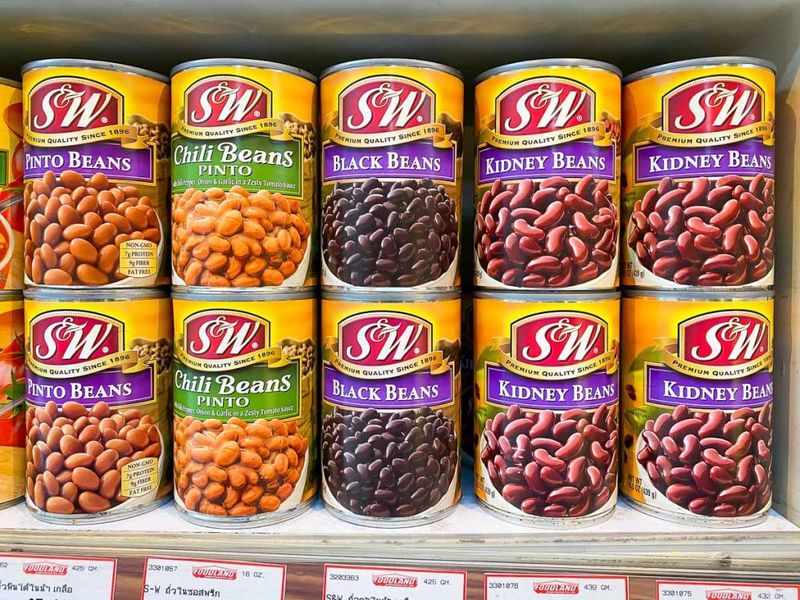
Metal tariffs spell trouble for your vegetable budget. Aluminum and steel price increases will hit canned goods particularly hard, with experts predicting 15-30% jumps in the coming months.
Corn, green beans, peas, and mixed vegetables offer quick nutrition when fresh produce prices soar. Most canned vegetables maintain quality for 2-5 years when stored in cool, dry places.
Budget-conscious shoppers are grabbing variety packs now before prices climb. Look for low-sodium options when possible, and remember that draining and rinsing canned vegetables removes up to 40% of added sodium while maintaining nutrients.
8. Chocolate Chips
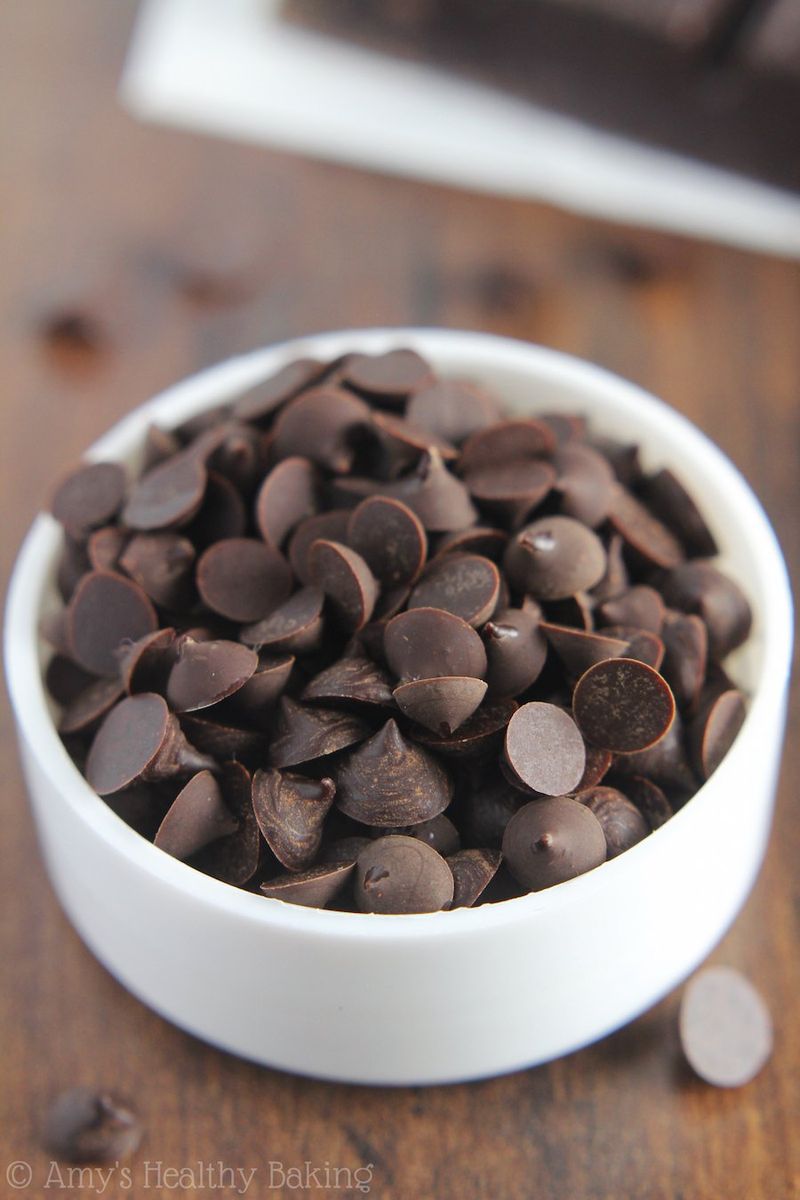
Bakers beware – your cookie budget faces a cocoa crisis! Chocolate chips rely heavily on imported cocoa, putting them directly in the tariff danger zone.
Properly stored in cool, dry conditions, quality chocolate chips maintain their melting magic for up to two years. Sealed in airtight containers and kept away from strong odors, they’ll be ready whenever your sweet tooth strikes.
Beyond cookies, these versatile morsels elevate pancakes, muffins, and homemade ice cream. Stocking up now means saving on future birthday cakes, holiday treats, and those emergency midnight chocolate cravings that everyone experiences.
9. Vanilla Extract
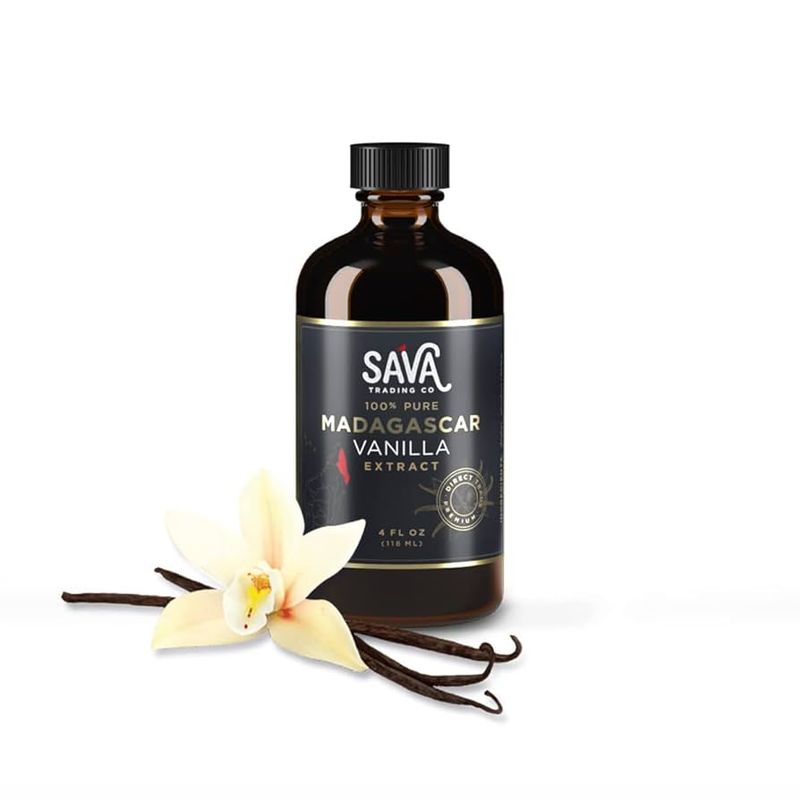
Those small bottles of vanilla extract pack huge financial impact. Sourced primarily from Madagascar and Indonesia, vanilla faces some of the steepest tariff increases of any food import.
Pure vanilla extract actually improves with age when stored properly. Keep bottles in cool, dark places with tight caps, and your baking flavor foundation will last 5-10 years.
The versatile flavor enhancer works magic beyond baking – try adding a few drops to coffee, smoothies, or even savory dishes like roasted chicken. At current prices around $3-4 per ounce, buying several bottles now could save serious money when post-tariff prices potentially double.
Leave a comment